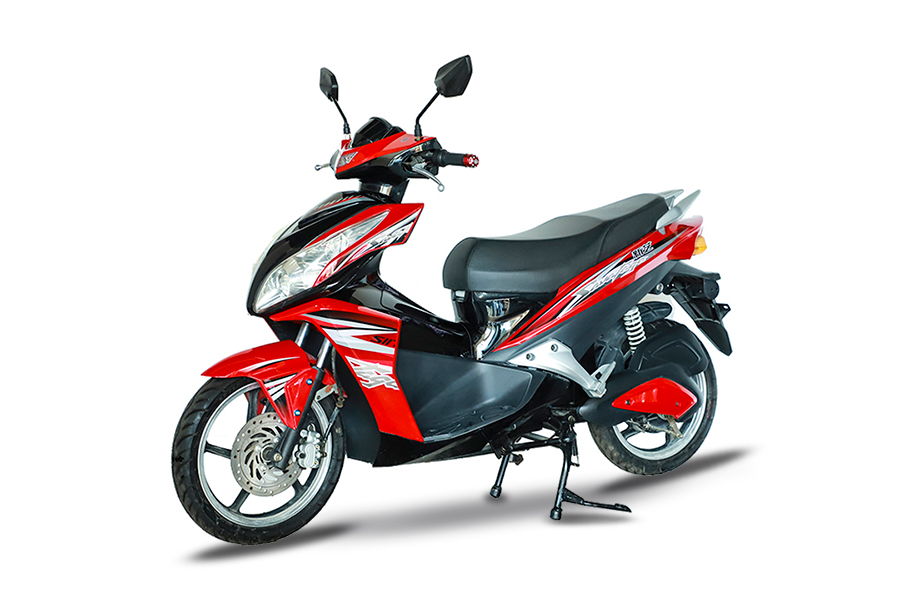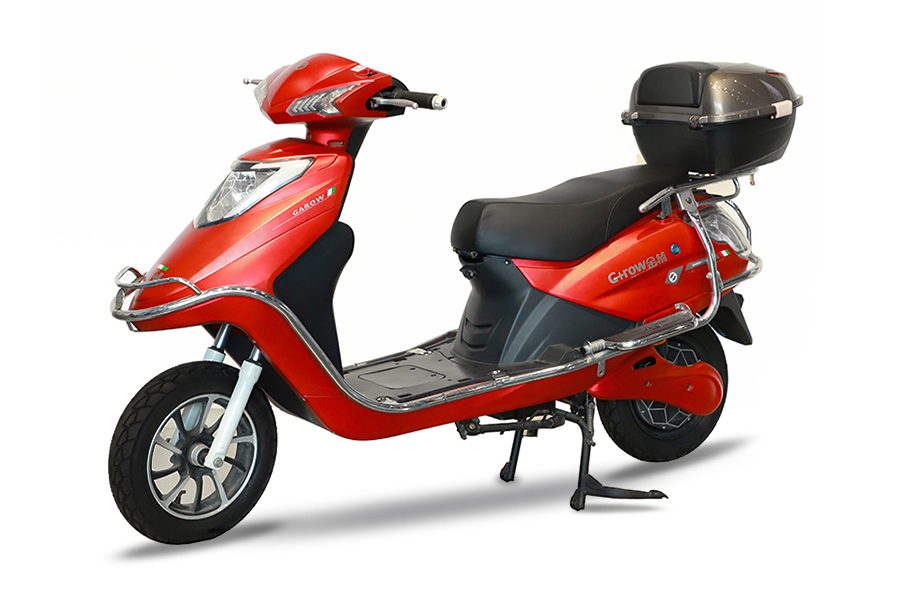In recent years, electric scooters have transformed the way people navigate urban spaces. As cities worldwide strive to reduce traffic congestion and improve air quality, electric scooters have emerged as a convenient, eco-friendly, and cost-effective transportation solution. With the growing demand for greener alternatives to traditional vehicles, electric scooters are quickly becoming a popular choice for short-distance travel.
A Greener Alternative to Gas-Powered Vehicles
Electric scooters are part of a broader movement toward sustainable transportation. Unlike cars and motorcycles, which rely on fossil fuels, electric scooters run on rechargeable batteries, making them a zero-emission mode of transport. This characteristic positions electric scooters as an essential tool in the fight against climate change. By replacing gas-powered vehicles for short trips, they contribute significantly to lowering carbon footprints, improving air quality, and reducing noise pollution in urban environments.
In cities like Paris, Berlin, and San Francisco, electric scooters are part of a wave of sustainable mobility solutions that aim to make urban areas greener and more livable. Governments are increasingly investing in infrastructure to support electric scooters, including dedicated scooter lanes, charging stations, and policies to ensure safety for riders and pedestrians alike. As these initiatives gain momentum, it’s clear that electric scooters will play a critical role in reshaping urban transportation in the coming years.
Affordable and Efficient for Short-Distance Travel
One of the key benefits of electric scooters is their affordability. Compared to traditional vehicles, electric scooters are significantly cheaper to buy, operate, and maintain. The cost of purchasing an electric scooter is lower than that of a car or motorcycle, and since they run on electricity, the cost per mile is much cheaper than the gas required to fuel conventional vehicles. In addition, electric scooters require less maintenance, with fewer moving parts to worry about.
For short trips, such as commuting to work, running errands, or traveling to public transportation hubs, electric scooters offer a quick and efficient solution. With top speeds typically ranging from 15 to 30 miles per hour and the ability to travel up to 30 miles on a single charge, electric scooters are ideal for navigating busy city streets. Furthermore, their compact size allows them to easily maneuver through traffic, avoiding the delays that often plague cars and public transportation.
Growth in the Global Market
The global market for electric scooters has been expanding rapidly. According to recent industry reports, the electric scooter market is expected to grow at a compound annual growth rate (CAGR) of over 7% in the coming years. This growth is driven by several factors, including increasing environmental awareness, government incentives, and advancements in battery technology. The rise of shared electric scooter services in cities around the world has also played a role in the increasing adoption of electric scooters.
Several prominent companies have entered the electric scooter market, offering a range of models designed for different needs. Major players like Lime, Bird, and Spin have introduced electric scooter-sharing programs in cities worldwide, making it easier for people to access this form of transport on demand. At the same time, companies like Xiaomi, Segway, and Razor have focused on providing personal electric scooters for private ownership, catering to consumers who prefer the convenience of owning their own ride.
Safety and Infrastructure Challenges
While electric scooters offer numerous benefits, they are not without challenges. Safety remains one of the significant concerns for both riders and pedestrians. Accidents involving electric scooters have been reported, often due to improper usage or a lack of awareness about traffic rules. To address these concerns, many cities have implemented safety measures, such as requiring riders to wear helmets, creating designated scooter lanes, and educating users on safe riding practices.
In addition, the infrastructure required to support electric scooters is still developing. Although many cities have started to implement scooter-friendly policies, there is still a need for more charging stations, bike lanes, and clearer regulations governing their use. To make electric scooters a sustainable and integral part of urban mobility, it is essential for governments and private companies to collaborate in creating a safer and more efficient environment for both riders and pedestrians.

 English
English Español
Español







